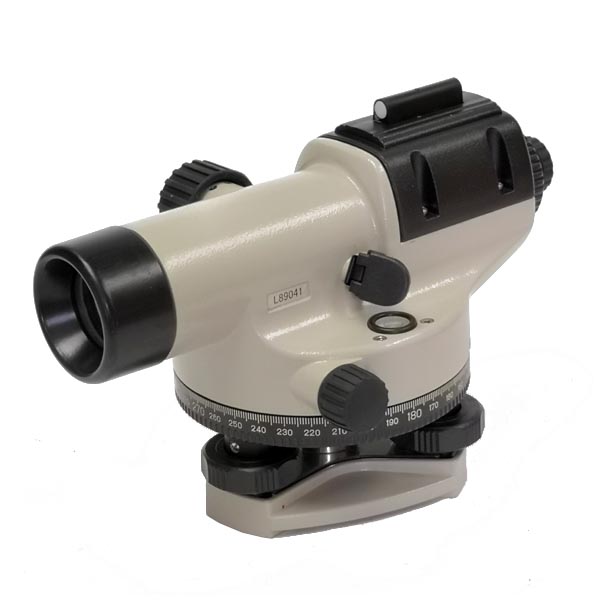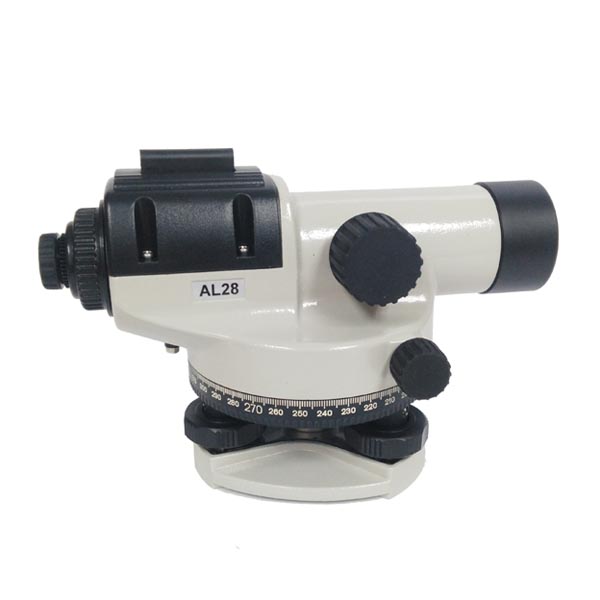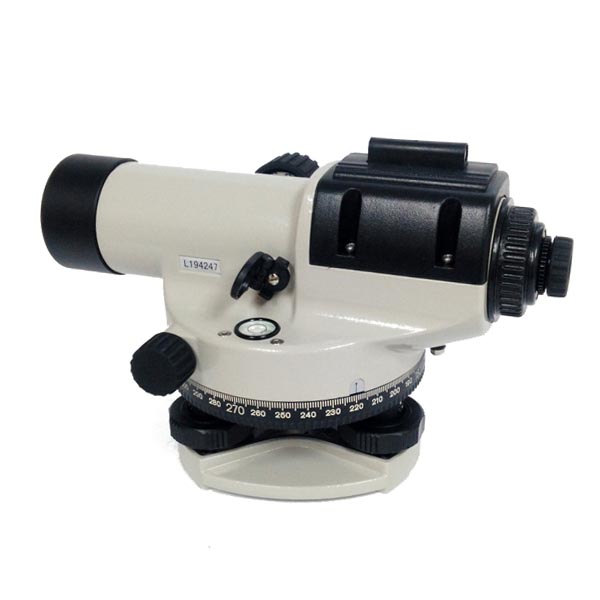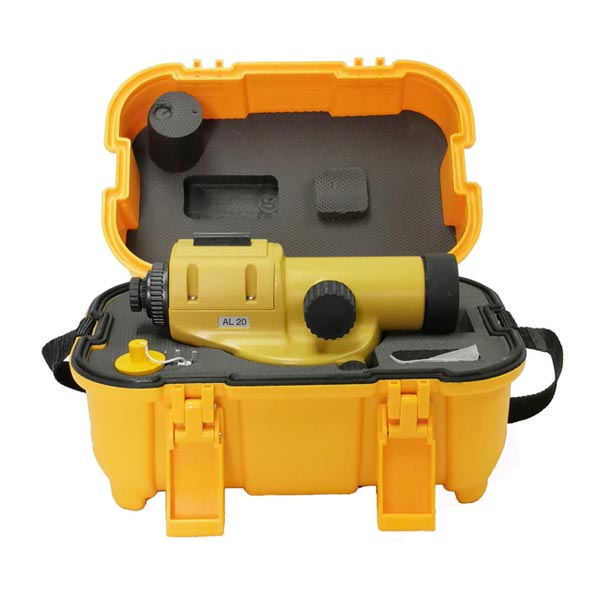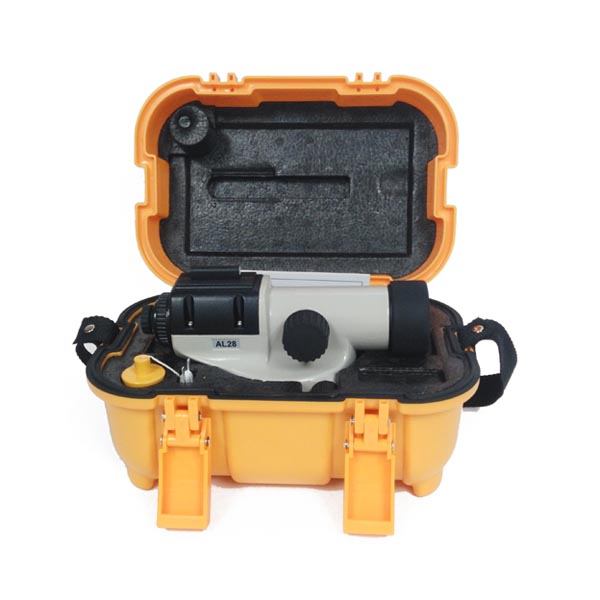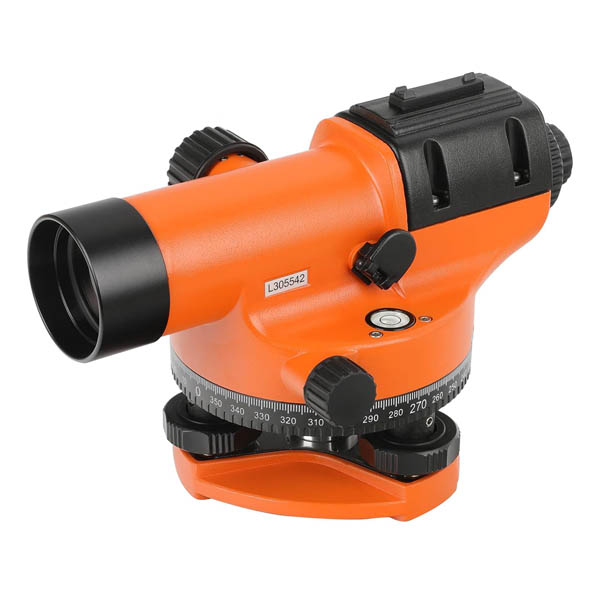Precision Automatic Optical Level
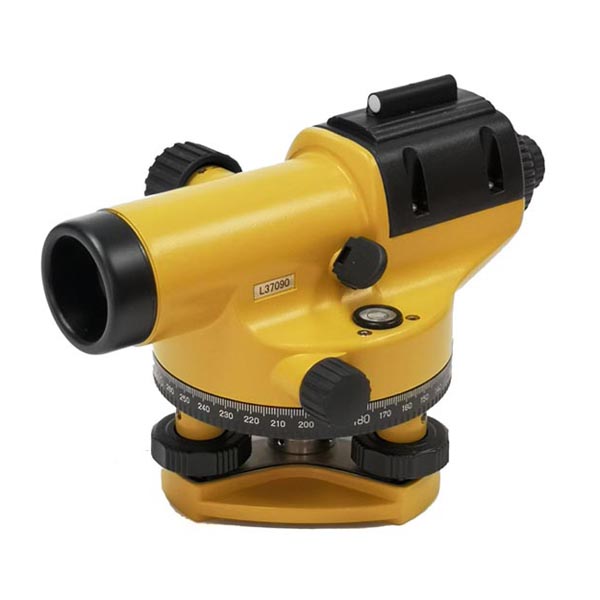
Precision Automatic Optical Level
Precision Automatic Optical Level
Model G-D
Features:
Compact size with sealed structure for using in various weather conditions
Reliable magnetic damping compensator to ensure stability
Oversized 40mm aperture on G32D
Top mounted collimator for easy target location
Reflecting mirror for easy bubble viewing
Fits standard flat or dome head tripods
Standard outfit:
Auto level, hard carrying case, plumb bob, lens cap, allen wrench, adjusting pin and instruction manual.
Ordering Information:
Model | G-D |
Brand | GeoTech, Neutral Packaging or Customer’s brand |
Place of origin | Made in |
M.O.Q. | 12units |
Lead time | 7-10 work days |
Payment terms | T/T, Paypal |
Shipping terms | EXW, FOB, CFR, CIF,DDU |
Shipping method | Courier, air, sea |
Place of delivery | Worldwide |
Packaging | 1unit/box, 4units/carton |
Free sample service | For qualified purchaser |
Customized service | Yes. See below. |
private label/logo printing | Instrument, carry case (MOQ:50units) |
Inner box, outer carton (MOQ:50units) | |
User’s manual, black/white only (MOQ:50units) | |
appearance color | grey/black, yellow/black, orange/black (No MOQ) |
Customer’s color (MOQ:100units) | |
mechanical assembly | 360 degree or 400gon scale (No MOQ) |
5/8” or Metric tripod connecting thread (No MOQ) | |
optical System | No |
Electronic/Software | No |
How an automatic optical level is produced?
An automatic optical level is a sophisticated instrument used for leveling tasks in surveying and construction. Producing one involves a combination of precision optics, mechanics, and electronics. Here’s a general overview of how an automatic optical level is produced:
1. Design and Engineering
Concept Design: Engineers and designers develop the concept for the optical level, including its features, ergonomics, and intended applications.
Optical Design: Detailed design of the optical system, including the lenses, prisms, and other components to ensure accurate leveling and measurement.
2. Optical System Manufacturing
Lens Production: High-quality optical glass or synthetic materials are used to produce lenses. These lenses are ground and polished to precise specifications to ensure clear and accurate imaging.
Prism Fabrication: Prisms are cut and coated to direct and reflect light accurately within the level.
3. Mechanical Assembly
Housing and Base: The outer housing, typically made from durable materials like aluminum or high-grade plastics, is manufactured and machined to house the optical components and provide stability.
Leveling Mechanism: The internal leveling mechanism, often including a compensator (such as a pendulum system), is assembled. This mechanism automatically adjusts for minor tilts to keep the optical system level.
4. Optical System Assembly
Component Assembly: Lenses, prisms, and mirrors are carefully assembled into the optical path within the housing. Precise alignment is critical to ensure accuracy.
Alignment and Calibration: The optical components are aligned and calibrated to ensure the instrument provides accurate readings. This may involve adjusting the optical path and verifying the accuracy of the leveling mechanism.
5. Electronic Integration (if applicable)
Electronic Components: If the level includes electronic features, such as digital readouts or electronic compensators, these components are integrated into the design.
Software Integration: For levels with digital or automatic features, software is programmed and tested to ensure it operates correctly with the hardware.
6. Testing and Quality Control
Accuracy Testing: The level is tested for optical accuracy, leveling precision, and durability. This involves checking the instrument against known standards and adjusting as necessary.
Field Testing: The instrument may undergo field tests to ensure it performs well in real-world conditions.
7. Final Assembly
Assembly of Components: All parts, including the optical system, leveling mechanism, housing, and electronic components, are assembled into the final product.
Final Inspection: A thorough inspection is conducted to ensure that the level meets all design specifications and quality standards.
8. Packaging and Distribution
Packaging: The finished optical levels are carefully packaged to protect them during transport. This may include custom foam inserts or cases.
Distribution: The packaged levels are distributed to retailers or directly to customers.
Summary
The production of an automatic optical level involves meticulous design and engineering, precise optical and mechanical assembly, and rigorous testing. The combination of accurate optics, stable mechanics, and, if applicable, advanced electronics ensures that the final instrument performs well for leveling and surveying tasks.

